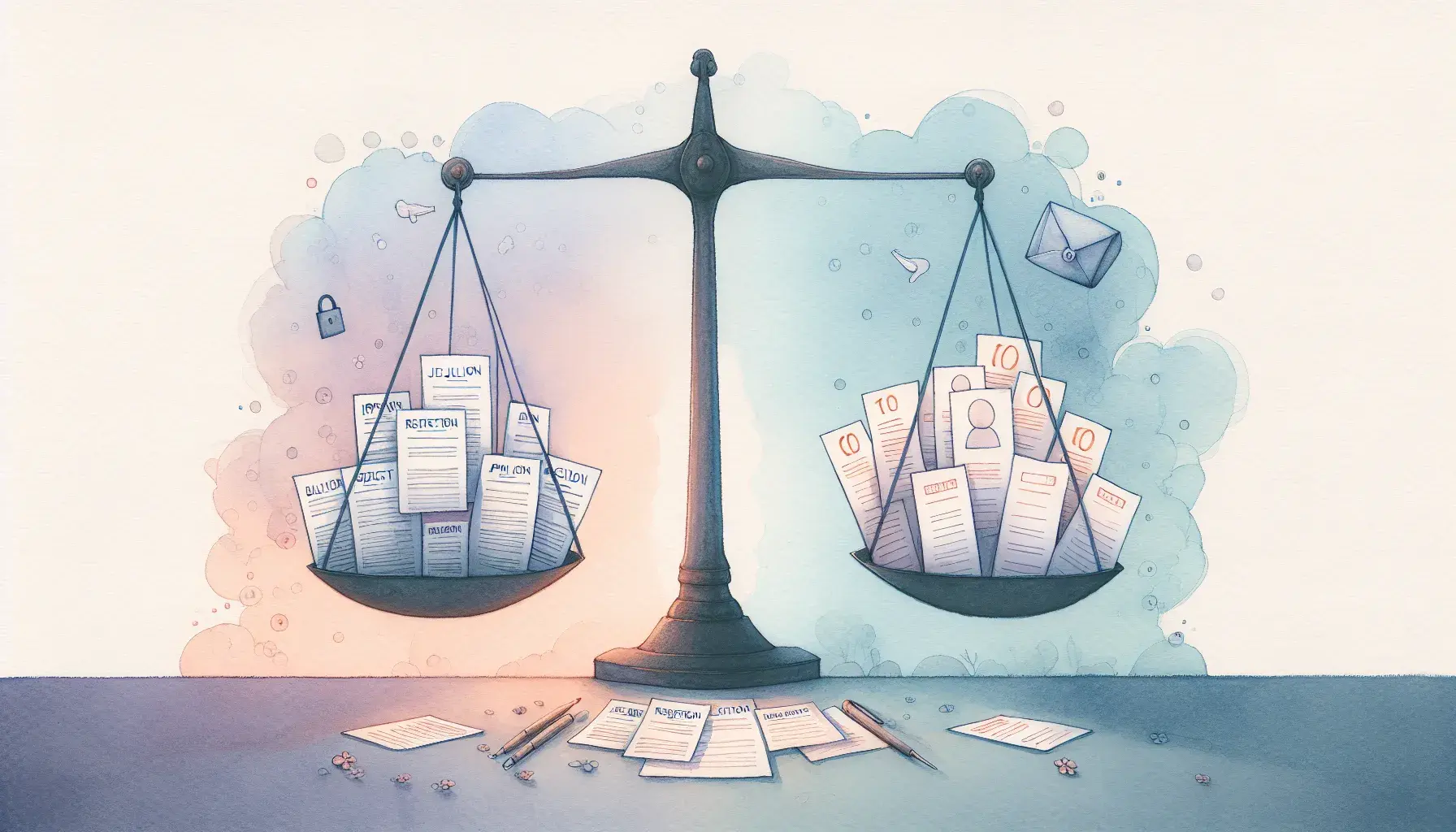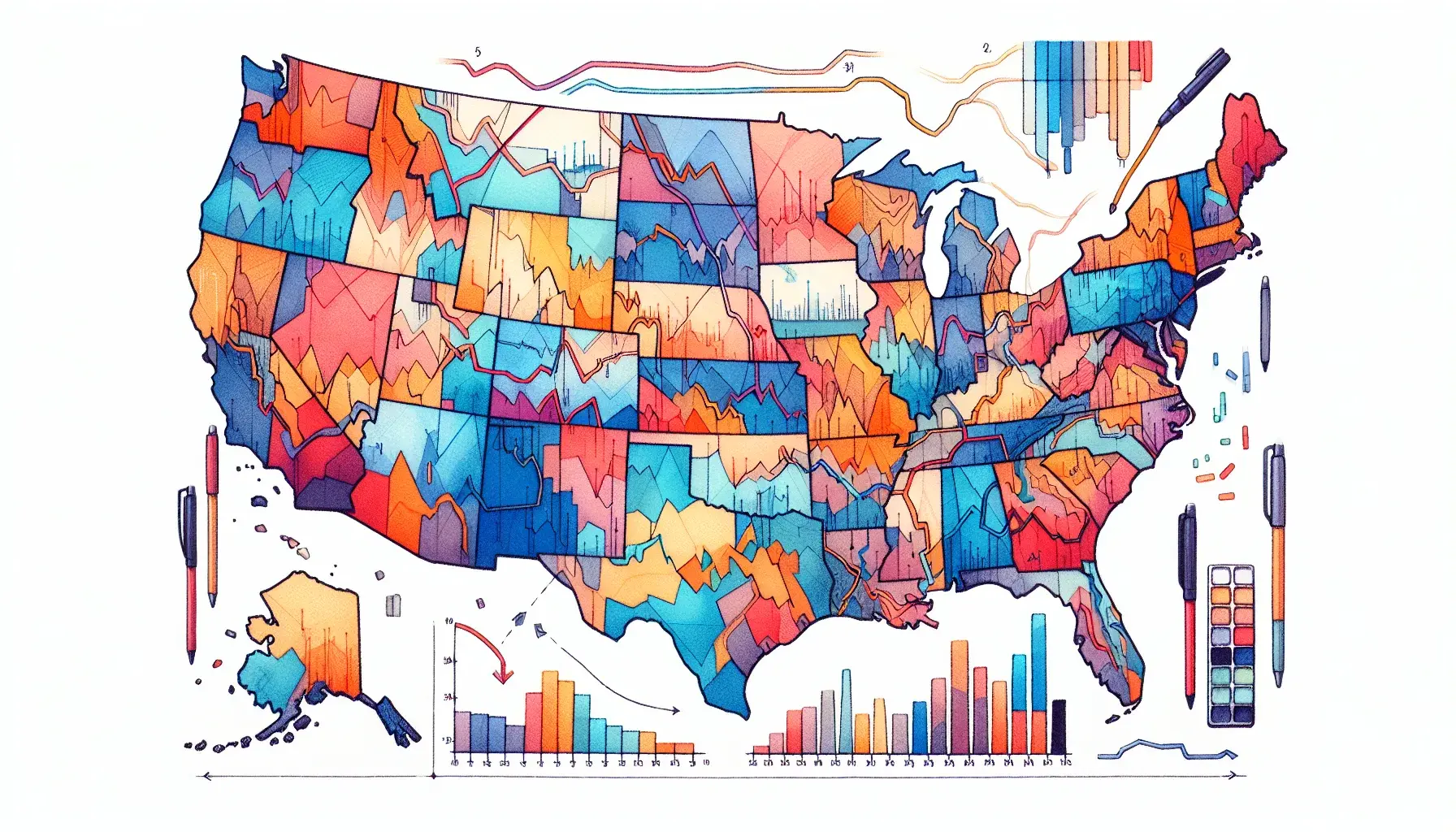Apply for Westcliff University Today!
❤️ 100% Free Assistance + No Fee + Rewards!
We promise we won't spam your inbox with unnecessary emails. Privacy Policy
If you’re job hunting in the U.S., where you live matters. South Dakota has the nation’s lowest jobless rate while Washington, D.C., has the highest, a reminder that state lines can shape how quickly resumes turn into offers.

The Bureau of Labor Statistics’ latest state report for August 2025 puts South Dakota’s unemployment rate at 1.9%, the lowest in the country. The District of Columbia sits at the other end at 6.0%, with California next at 5.5%. In all, 22 states posted rates below the U.S. average, and the national unemployment rate stood at 4.3%. These wide gaps translate directly into different odds for job seekers moving across state lines or considering a relocation. (bls.gov)
Unemployment rates capture how hard it is to land work today, while job openings hint at how much demand employers still have. BLS’s state-level Job Openings and Labor Turnover Survey shows how varied that demand is: in July 2025, openings rates ranged from roughly 3% in some places to above 5% in others. Examples include Alaska (5.3%) and Georgia (5.2%) near the high end, versus Washington, D.C. (3.4%) and Florida (3.7%) on the lower side; California registered 4.0%. Taken together with jobless rates, these figures suggest that tight labor markets remain most common across parts of the Plains and Mountain West, with more slack on some coasts and in the nation’s capital. (bls.gov)
For job seekers, the takeaway is practical: states with very low unemployment and solid openings rates tend to turn applications into interviews faster, while elevated jobless rates can lengthen searches even when postings exist. Recent national readings point to a labor market that’s cooler than the 2021–2022 boom but still resilient, with forecasters expecting unemployment to hover near 4.3% into early autumn. California’s jobless rate of 5.5% underscores the unevenness, even in large, diverse economies. (reuters.com)
These Related Stories



No Comments Yet
Let us know what you think